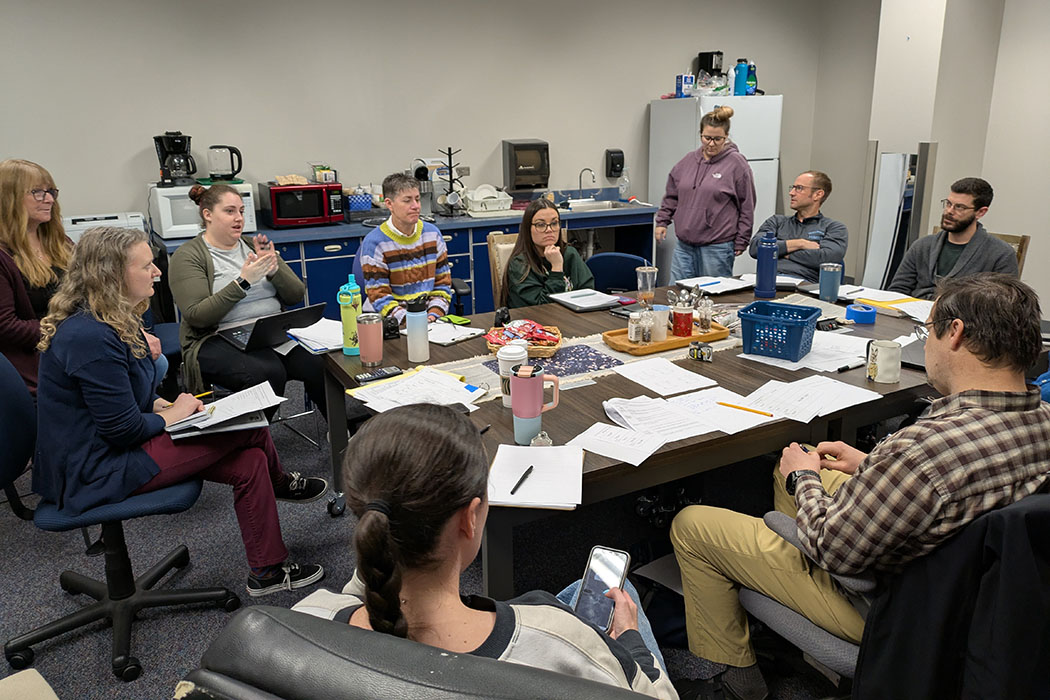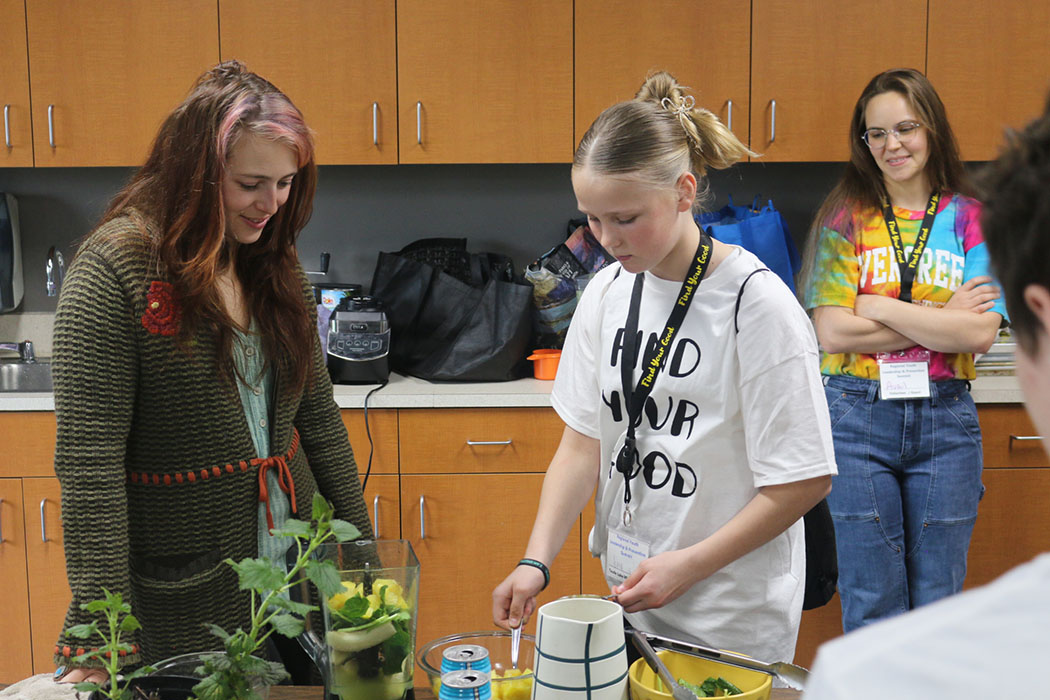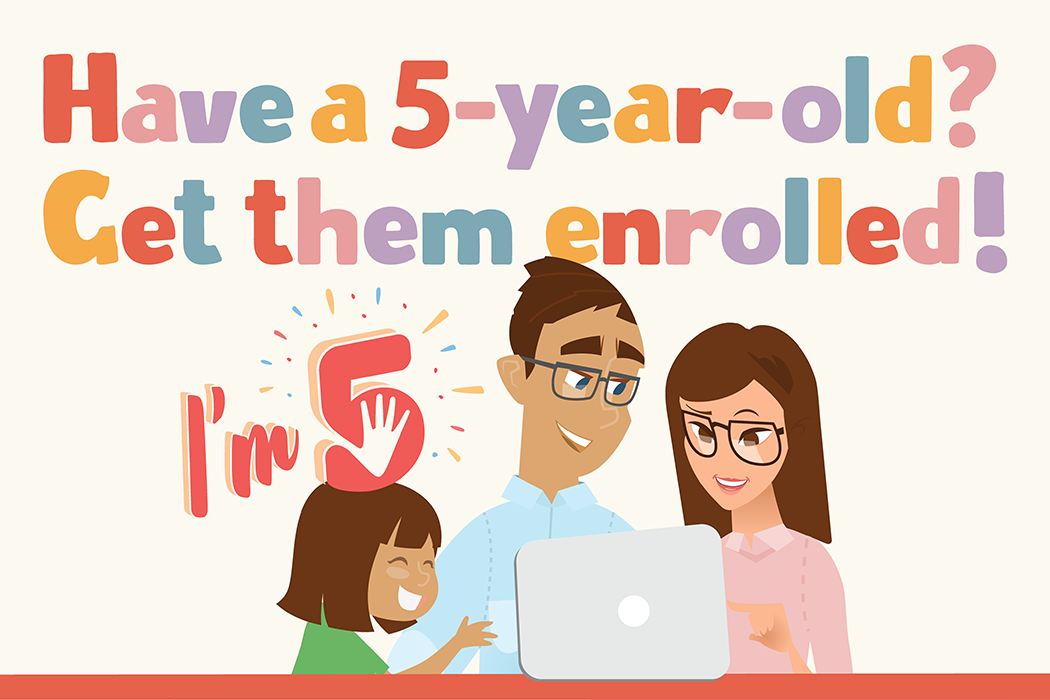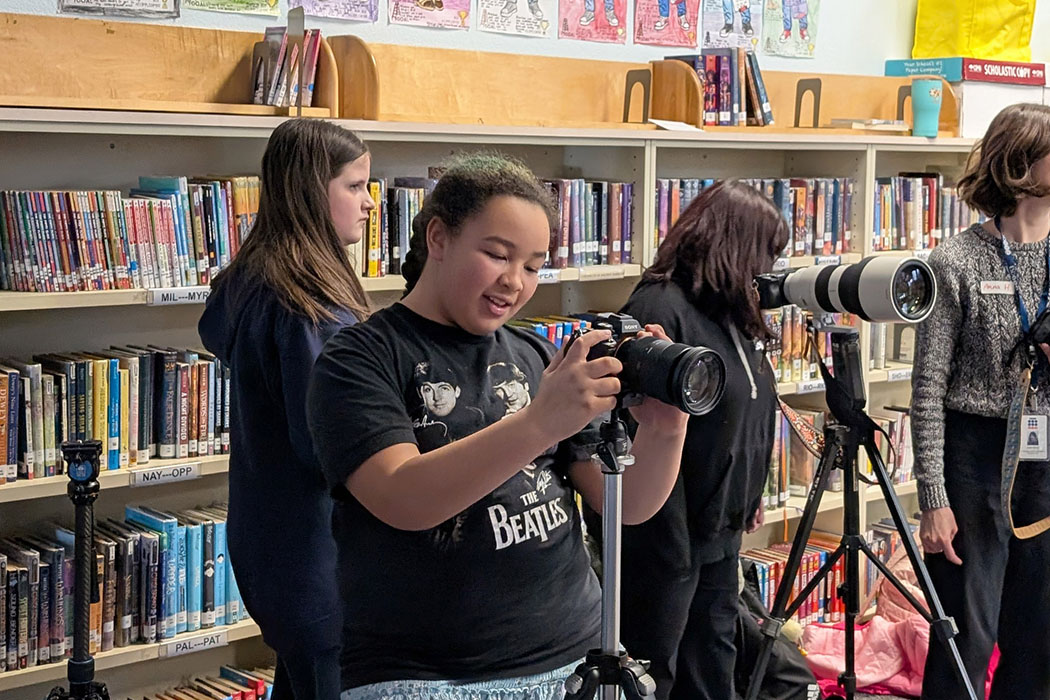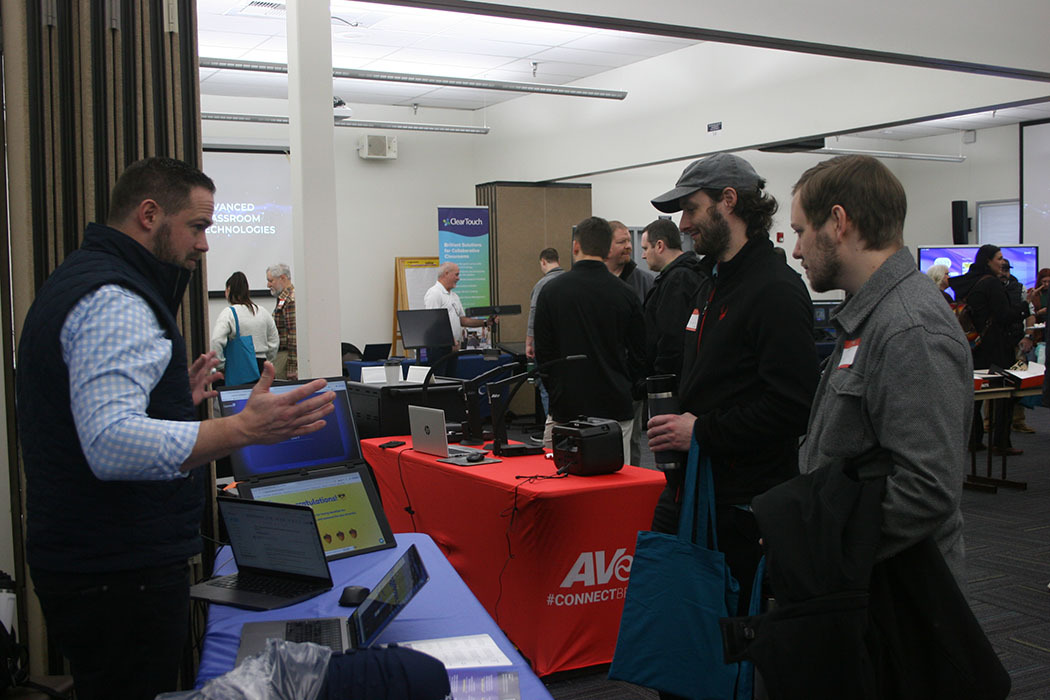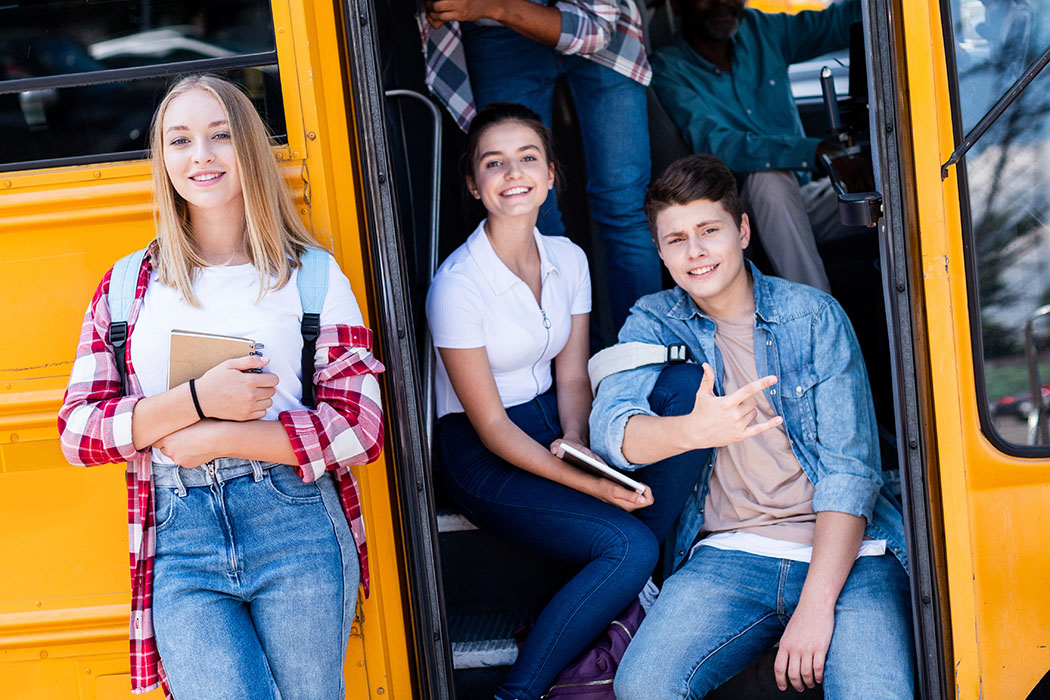Grant advances math teaching strategies at Hockinson High School
A new hands-on professional development program at Hockinson High School prepares math teachers with techniques to engage students at all levels in meaningful discussions about math. The work is funded by a two-year, $50,000 grant from the College Preparatory Math [...]
Announcing the 2025 Southwest Washington Regional High School Art Show Winners
On April 9, Educational Service District 112 (ESD 112) hosted the 2025 Southwest Washington Regional High School Art Show. Presented on YouTube, ESD 112 Superintendent Tim Merlino welcomed guests and participants in this year’s online showcase. “To the students, [...]
Cowlitz County youth learn leadership skills at annual Prevention Summit
On March 21, 2025, more than 250 sixth graders from Cowlitz County public schools gathered at the Longview First Baptist Church for the annual Youth Leadership and Prevention Summit, a full-day conference designed to build leadership skills, confidence, and promote [...]
Kindergarten enrollment open now for the 2025-2026 school year
School districts across Southwest Washington are now enrolling kindergarten students for the 2025-2026 school year. Families with children five years of age by August 31, 2025, are encouraged to enroll early to help ensure a smooth start for their child [...]
nPower Girls Inspires the next generation of female leaders
March is Women's History Month, a perfect opportunity to highlight nPower Girls, an impactful program inspiring young minds throughout the ESD 112 region. nPower Girls connects elementary-aged girls to female mentors in STEM careers, offering students the chance to develop [...]
April is Child Abuse Prevention Month
This April, we stand with the Washington State Department of Children, Youth & Families in raising awareness and encouraging action for Child Abuse Prevention Month. Reporting Child Abuse: Everyone Has a Role In Washington state, certain professionals, including school personnel [...]
School districts explore innovative tech solutions at ESD 112 Showcase
Tech directors and other school staff from across the region joined over 20 vendors at ESD 112 on January 30 for the annual Technology Procurement Vendor Showcase. This event provides an opportunity to equip classrooms with up-to-date technological tools as [...]
Students in districts across ESD 112 region advance to SkillsUSA Washington State Conference
This winter, 170 students attending 11 school districts in the Educational Service District 112 region have qualified to compete at the SkillsUSA Washington State Leadership & Skills Conference (SLSC) on March 27 to 29, 2025. The SkillsUSA Washington SLSC is [...]
Prevent expands opioid prevention efforts
Prevent Coalition (Prevent), a community coalition formed in 2003 and supported by the fiscal agent Educational Service District 112, has received an Opioid Prevention Grant to help fight opioid misuse among youth in Clark County. The grant, funded by the [...]

